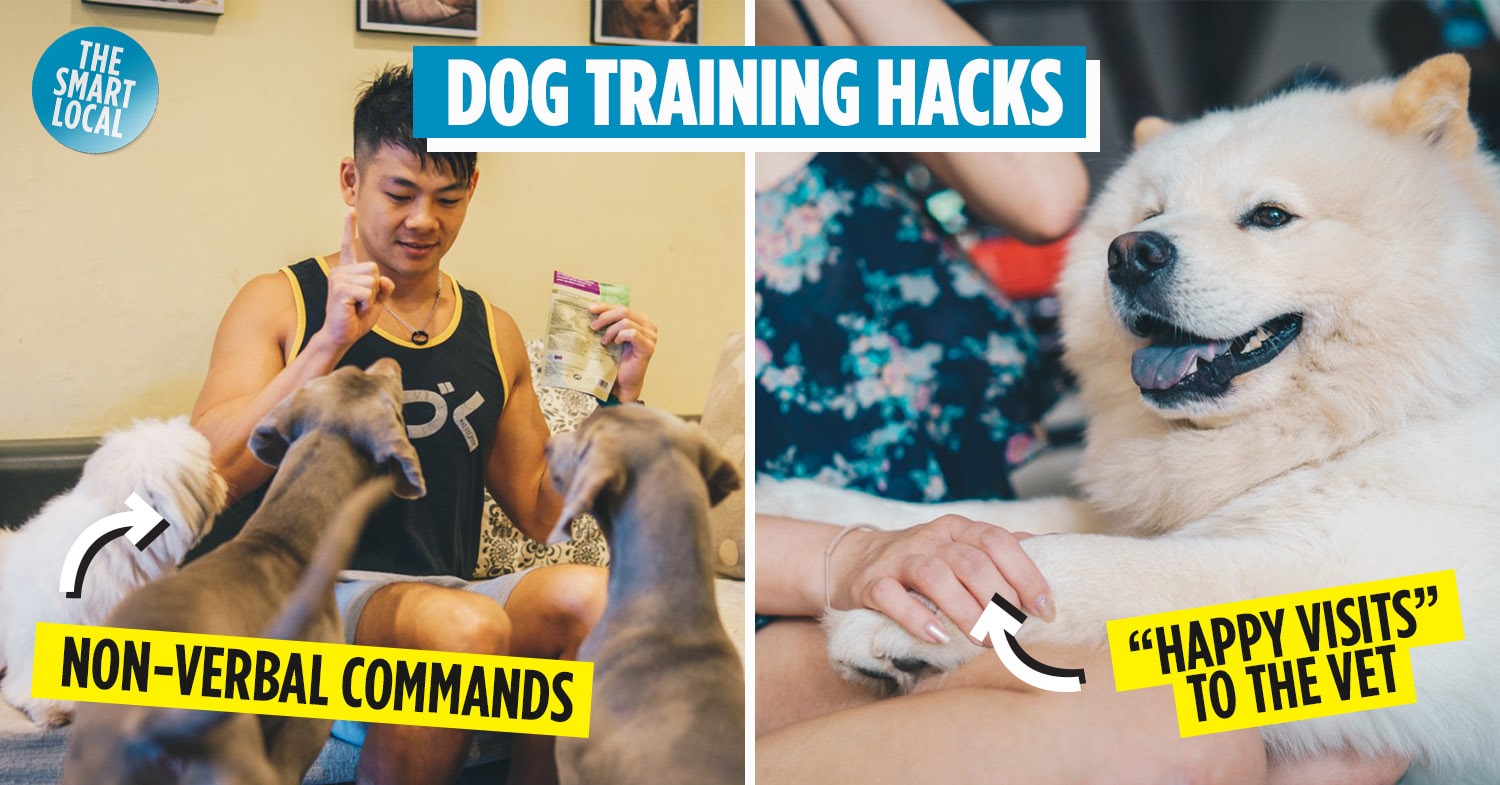Dog training tips and tricks
There’s nothing cuter than watching your pup learn to play fetch or endlessly chasing their tail. But when your pup starts incessantly chewing on your new kicks or peeing on the couch, it’s a little harder to call him a ‘good boy’.
To make your life as a pawrent easier, we’ve curated a list of tried and true training tips from seasoned dog owners, accredited dog trainers and vets. From better understanding your dog’s body language to “happy visits” at the vets, here are 9 things you can do to make your – and your pup’s – life easier:
1. Train good behaviour with clickers
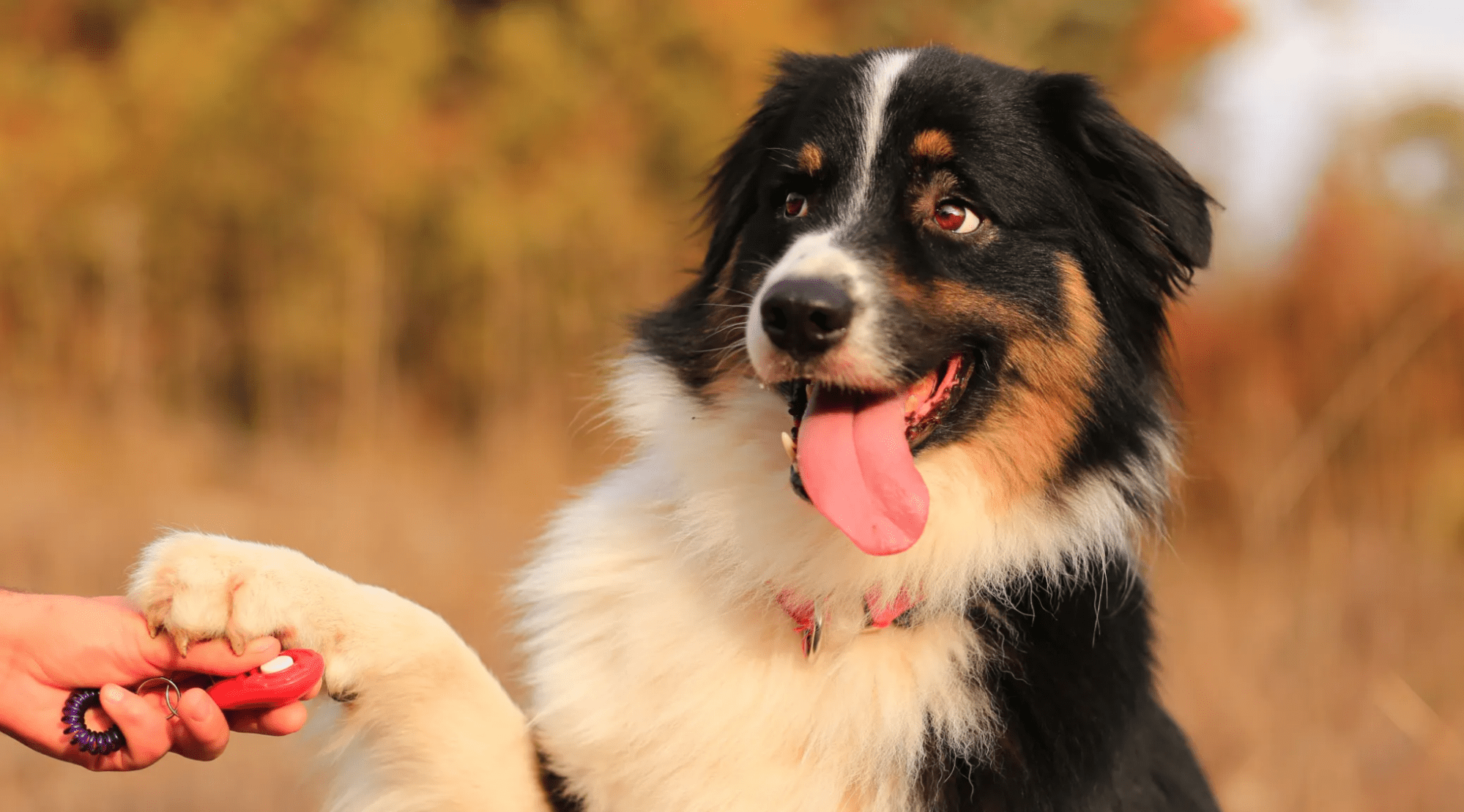
Image credit: Dr. Jen’s Dog Blog
As you begin to teach your pup commands such as “sit” or “stay”, we often reward them with handfuls of treats and a string of praises. However, constantly giving treats isn’t the best for your dog’s diet and your wallet. Local canine organisation Dog Training Singapore advises using a clicker instead, which has proven far more effective for training.
The clicker is a device the size of a car key that makes a distinctive clicking sound when pressed. Whenever your dog does what it’s told to do, click immediately and reward with a treat and words of affection. Your dog will associate the clicking with rewards and will retain the actions or behaviour.
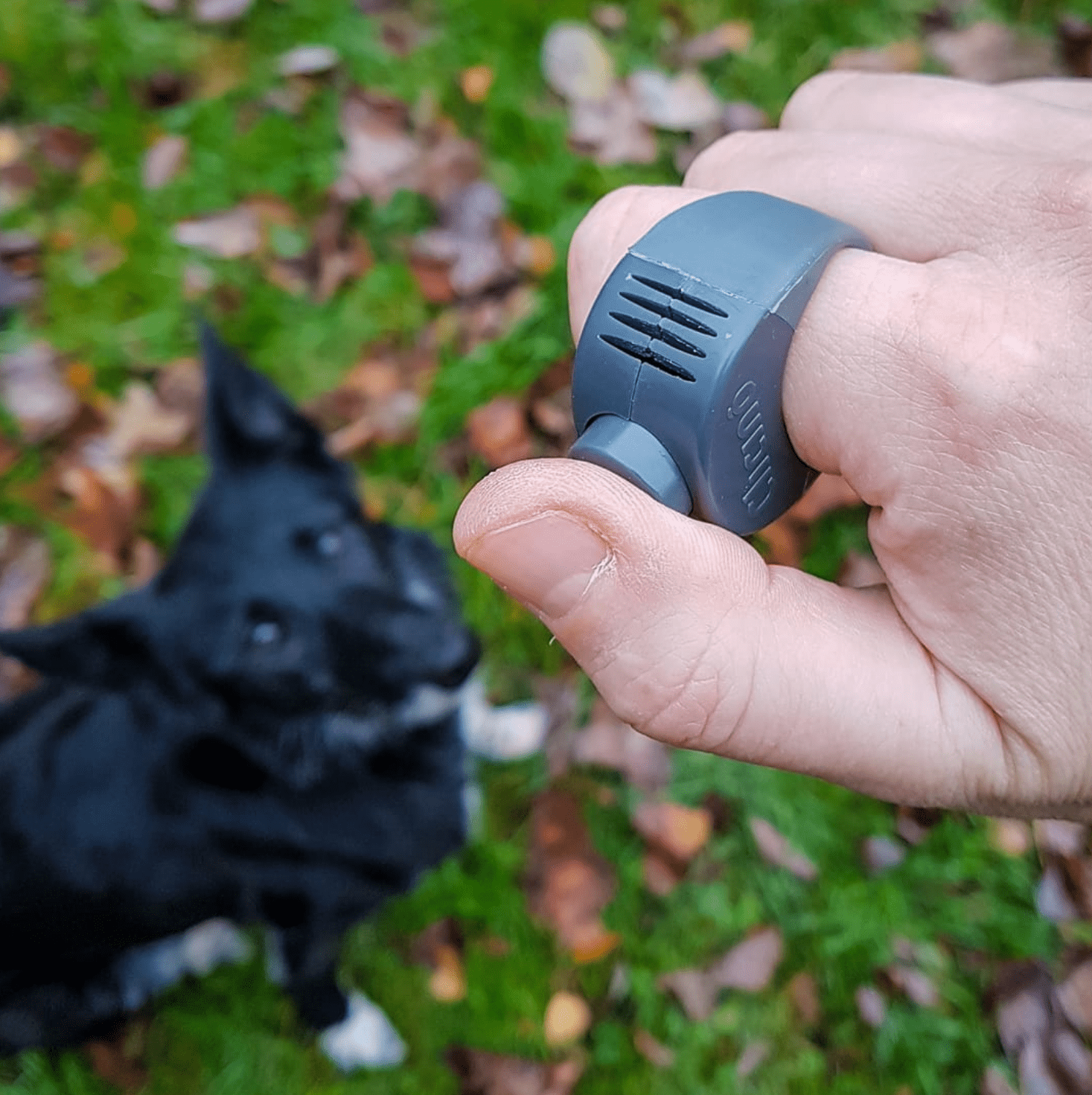
There’s other variations of the clicker, like the clicker ring which is even smaller.
Image credit: @grappamaus
Subsequently, you can wean off the treats and reward your dog with compliments. This method uses conditioned reinforcement that helps create happy memories for your dog. It also makes training more precise as you can click at the exact moment your dog performs well, and the clicking noise is consistent which helps mitigate confusion.
2. Set up a private den at home to reduce anxiety
Dogs who often have accidents around the house are likely to be anxious and stressed. That’s right, we humans are not the only ones who feel that way.
Dr Christine Lee from the Animal and Veterinary Service under the National Parks Board (NPB), proposes to create a safe haven for your doggo by sectioning off a comfortable area that’s away from noisy household appliances just for them.
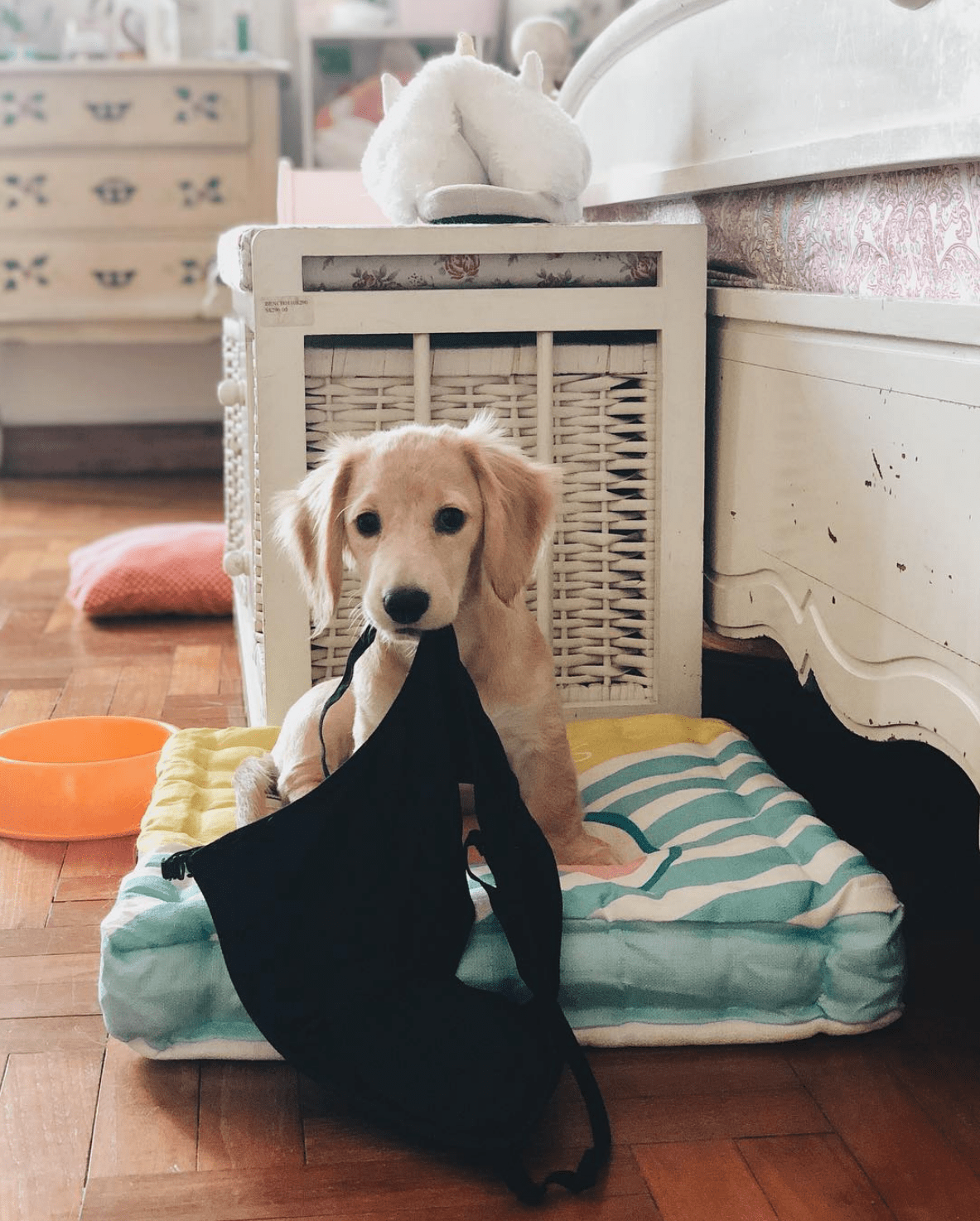
Image credit: @snoopyandlilo
It can be a crate, a makeshift den, or a dog bed. This should be the place they go to when they need to calm down and rest at night. Dr Christine shared that dog beds are also beneficial for elderly dogs as it helps support the dog’s joints and keeps them comfortable.
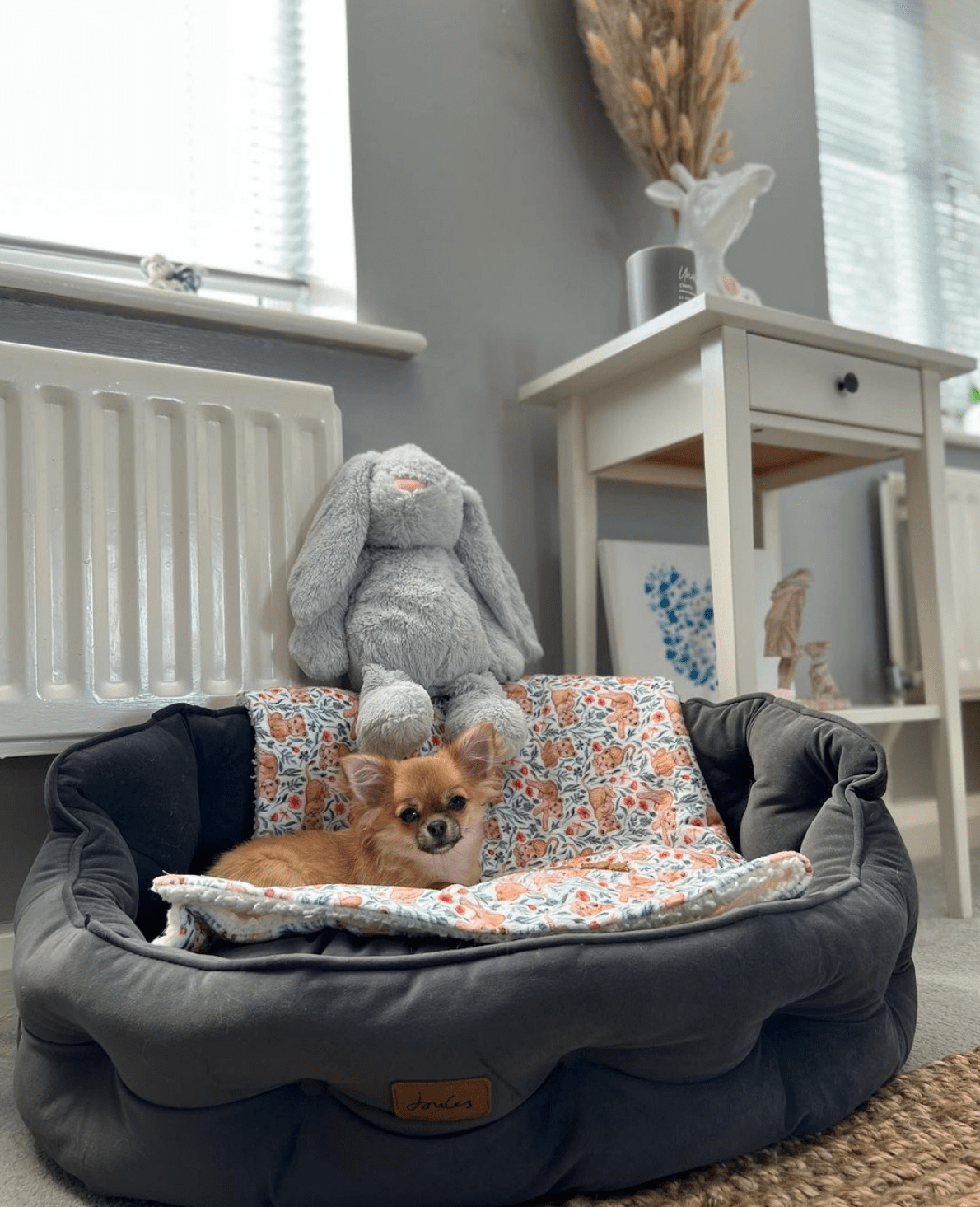
Image credit: @specialspencetheblindchiandfam
You can keep their favourite toys there so there’s familiarity and joyful memories associated with that place. When your dogs are calm, they’ll be easier to train as they’ll be able to focus on you and not what’s stressing them out.
Also, dogs are unlikely to defecate in their own personal space so that’s one less place you have to worry about them soiling.
3. Socialise your puppy in public places

This helps build a positive association for your dog and react positively to new situations.
Just like kids, dogs should start socialising with other dogs and humans at a young age. Certified dog trainer and founder of Paws In The City Theresa Yoong shares that this includes being in different environments, so your pup has plenty of exposure and can adapt easily when met with new situations such as training time.
Veteran dog trainer and founder of Waggies Patrick Wong suggests simple ways like bringing your puppy out to nearby malls and standing near the entrance – leashed, of course – can help your pup get comfortable around strangers. If your dog is aggressive when someone approaches to pet it, give some treats to the person to offer them to your dog.
Of course, not all dogs have the same outgoing personality so it’s important to keep an eye on your dog’s body language and intervene when necessary.
4. Opt for treat subscription boxes
Picture this: you’ve been attempting to teach your dog to “sit”, but no amount of rewards and praise can get it to follow your command. Treats can be a great motivation during dog training, but it can be difficult to find a suitable one that your pups will love.
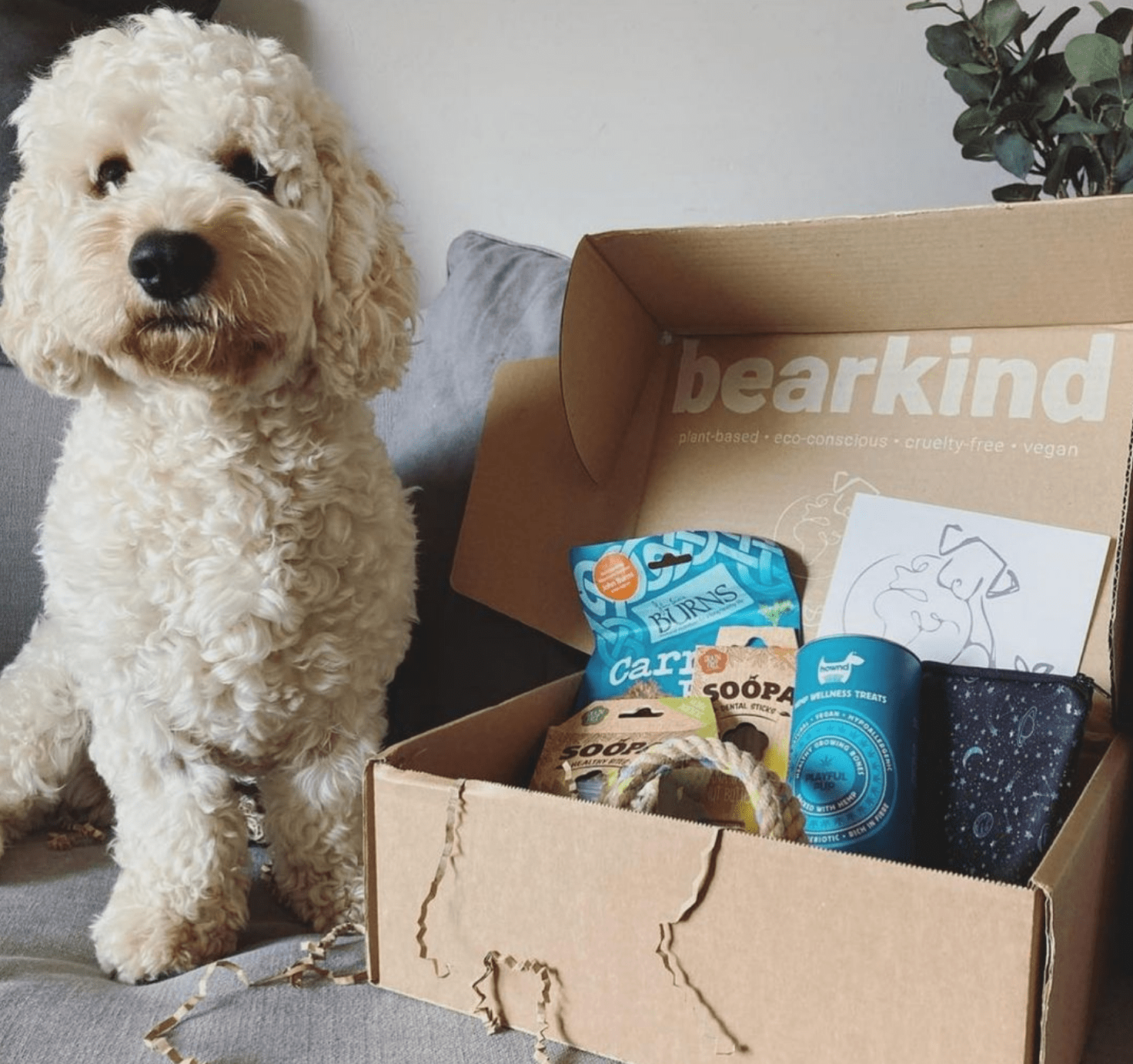
Image credit: @bearkindcouk
Instead of forking out tons of money to buy various full-sized treats, consider doggy treat subscription services like Supawbox that’s been recommended by trainer Patrick. These subscription boxes include new treats – and even a toy – so you can experiment and see which ones your pup loves best without breaking the bank.
5. Don’t rely solely on verbal commands
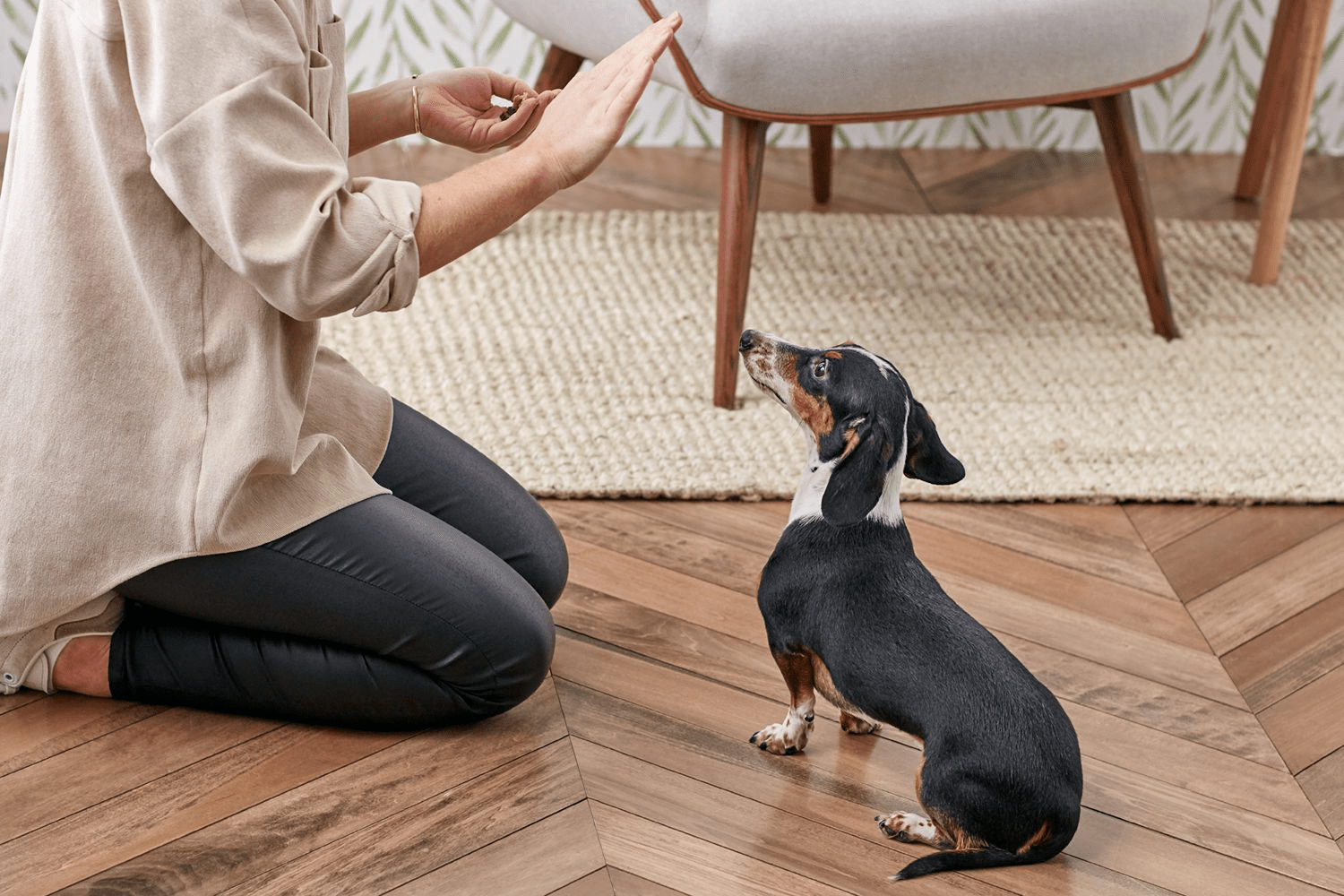
Image credit: The Spruce
Since dogs don’t speak our language, their instinctual way of remembering commands is through our body language. According to Christina Teng, Guide Dog Mobility Instructor at Guide Dogs Singapore, using simple voice commands paired with hand gestures on repeat helps our dogs adapt and understand the commands better.
So when we’re introducing new commands to them, try to incorporate simple actions to it. For example, teaching them to sit with your hand out and palm facing down would be more impactful than just repeatedly saying “sit”.
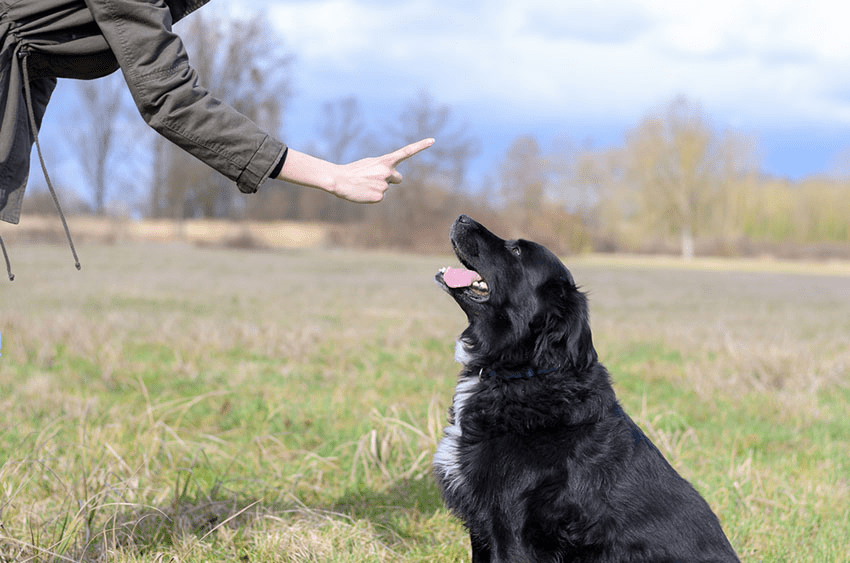
A differing hand gesture for the same command.
Image credit: Omlet
Remember to be consistent with your non-verbal cues too. Following the above example, if you find yourself occasionally sticking only 2 or 4 fingers up, and sometimes all 5, this might confuse your dog and mess with its training.
6. Stern “boop” on the nose to correct misbehaviours

Boop.
Image credit: Rover
If your dog is an avid leash-yanker, avoid pulling back on the leash when it relentlessly tugs in the opposite direction. Not only may it cause some discomfort to your pup, it might also send the wrong message that you’re playing a game of tug-of-war.
Instead, dog trainer and founder of Sunny Chong Dog Training School Sunny Chong shares that a stern but light touch on the nose is largely effective in communicating to your pup that it’s behaviour is not condoned. This is because a dog’s muzzle is like a human’s hand, where its main interaction with everything is through the muzzle.
You can then encourage your pup with treats and praise it whenever it stops pulling on the leash. This will slowly condition your dog to stop dashing off in whichever direction it pleases, and minimise any potential injuries that might happen.
7. Walk with a leash that is smiling
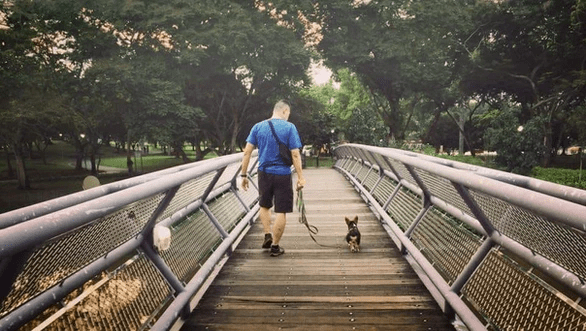
Not the kind of smiling you expect.
Image credit: Loyal.D
This tip’s for those who’s dogs insistently pull on the leash and refuse to stay when told, but instead dash off to chase after pigeons. Fred Leow, accredited dog trainer under NPB’s Animal & Veterinary Service, shared that while short leashes give the owner more control, “smiling leashes” (longer and loose leashes) are preferred to prevent any abrasion or injuries.
To get the best control and train good loose-leash walking behaviour, it’s also recommended to pair the leash with a harness, and Anita Cheney of SingaPaw Dog Trainer likes using a 2-point harness with a 2-point lead, whereby 1 point is on the dog’s back and the other is beneath the chin and on the chest.
8. Observe your dog’s body language during training
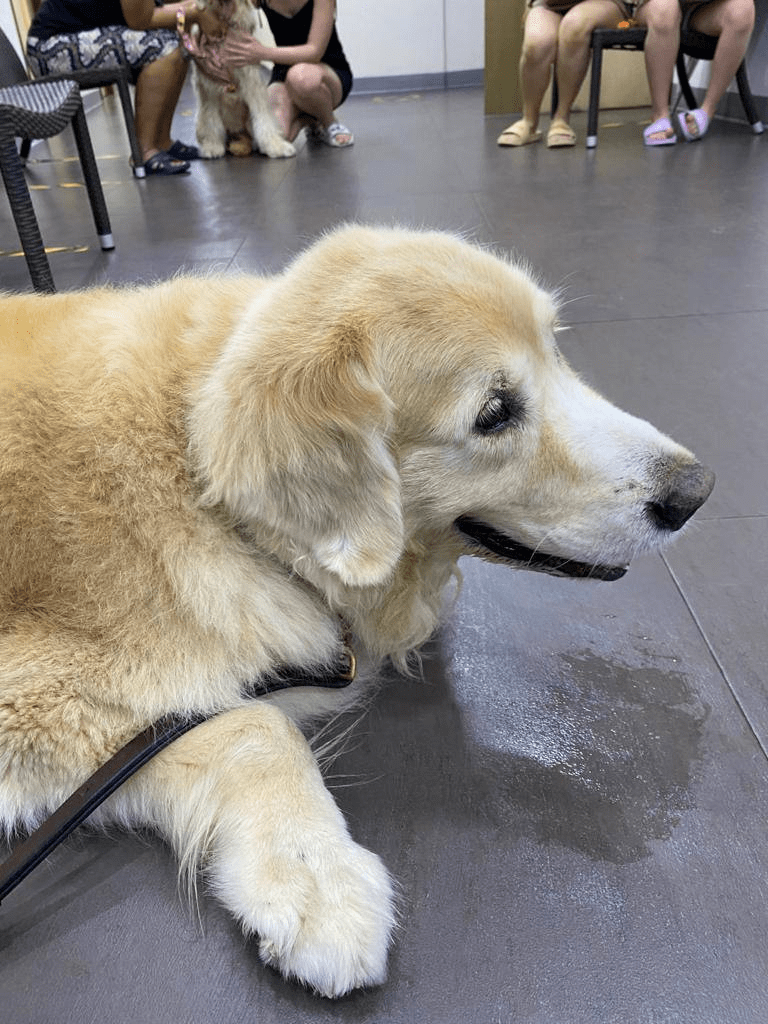
A stressed yawn is often accompanied with excessive drooling.
Image credit: Liew Wan Ning
Since we can’t understand what ‘woof, woof’ means, another way to communicate with our furry companions is by reading their body language. However, projecting our own feelings onto our animals and randomly guessing what their different behaviours mean might cause us to misunderstand signals that they’re trying to send, and lead to their misbehaviour.
For one, Dr Christine shared that yawning is usually an indication that your dog is uncomfortable or fearful of something. We might mistake this as a sign of tiredness since that’s what we do in the middle of a 3-hour Zoom call.

Image credit: @archer__thecorgi
Aside from when they are eating or have just finished their meals, she added that licking their nose and lips shows that your dog is anxious or feeling cautious.
Dr Teo Boon Han, a veterinarian in the Animal & Veterinary Service under the NPB, also shared that while dogs shed periodically, excessive fur loss could be due to stress as well.
When we understand what their actions mean, it’s easier to decipher how they’re feeling and plan training sessions around it. Afterall, you wouldn’t enjoy learning a new skill when you’re upset or uneasy.
9. Organise “happy visits” with your regular vet
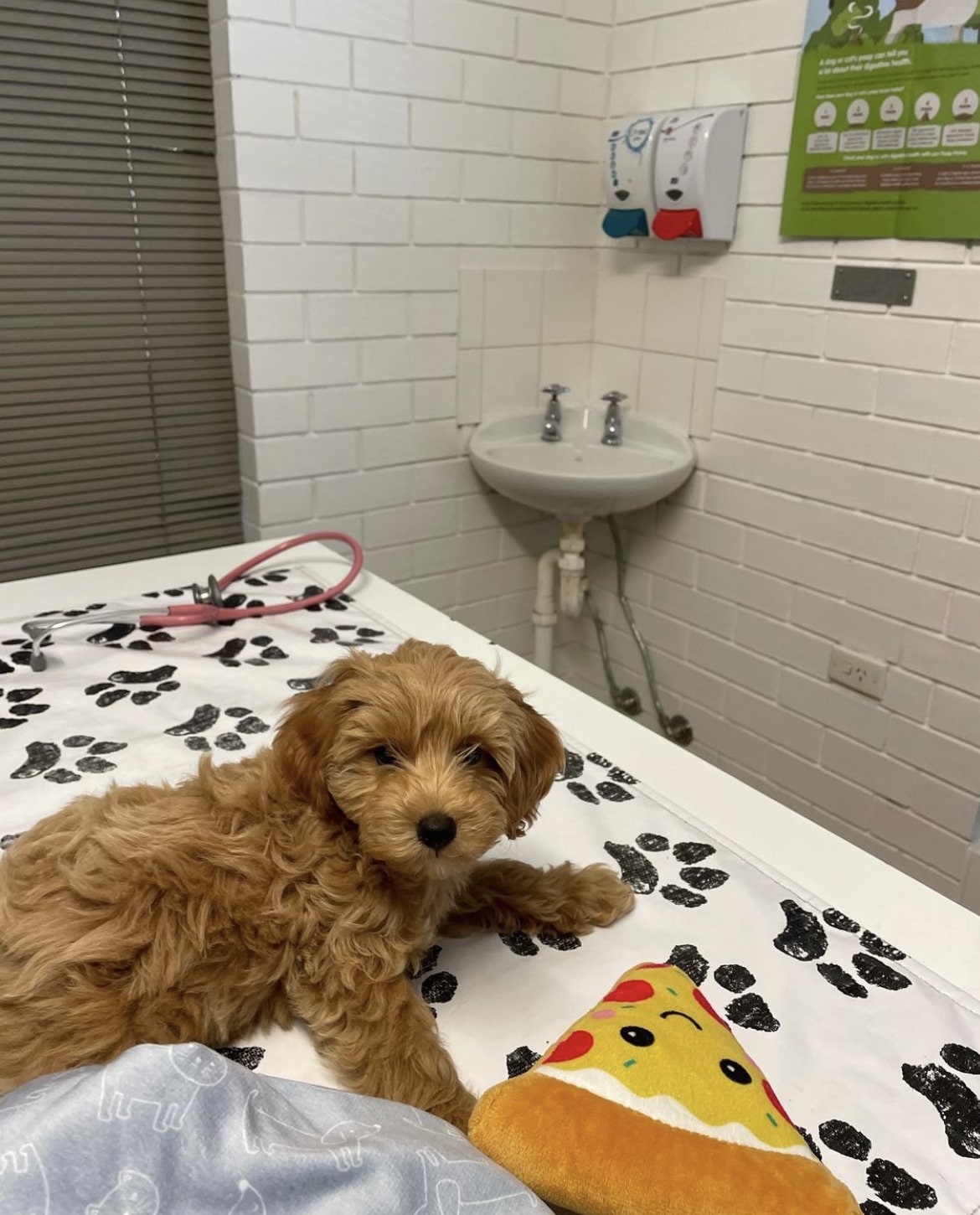
Image credit: @nugget_thecavoodleboy_xo
Having to chase after your pup, bribe it with a bunch of treats and still be on the receiving end of angry growls are just some of the struggles of going to the vet. Chances are, your doggo has developed a negative association with the clinic from past visits that it has had.
To combat this, Dr Christine advises to organise non-medical visits – also known as “happy visits” – to the vet for your doggo to establish better relationships with the place and build trust in the staff. This also works well for younger pups who haven’t been to the clinic for check ups or procedures.
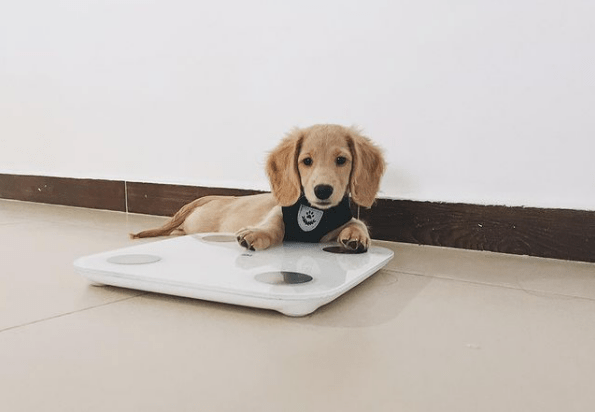
Image credit: @snoopyandlilo
The process will look something like this:
- You and your dog will walk through the entrance and an examination room, treats are given along the way
- Nurses and vets can also be the one handing the treats
- Your dog will be free to roam around the room and step on the scale
- Treats to be given if your pup voluntarily gets on the scale – familiarising it to make future weigh-ins a breeze
Clinics like Paws N Claws Veterinary Surgery offer this service and you can call your regular vet to check. It’s usually FOC since no medical attention and medicine is needed.
Tried-and-tested dog training tips
Pawrenting has its joys and struggles, and it takes a copious amount of patience and love to tackle difficult pups. Every dog has its own unique personality and traits, so training is often a trial-and-error process. If you’re at your wit’s end, consider these training hacks that have been proven effective in training stubborn furbabies.
For more animal related content:
- Live Turtle & Tortoise Museum of Singapore
- Day trip ideas in Singapore for animal lovers
- Engaging an animal communicator in Singapore
Article originally published on 26th March 2022. Last updated by on 5th April 2022.
